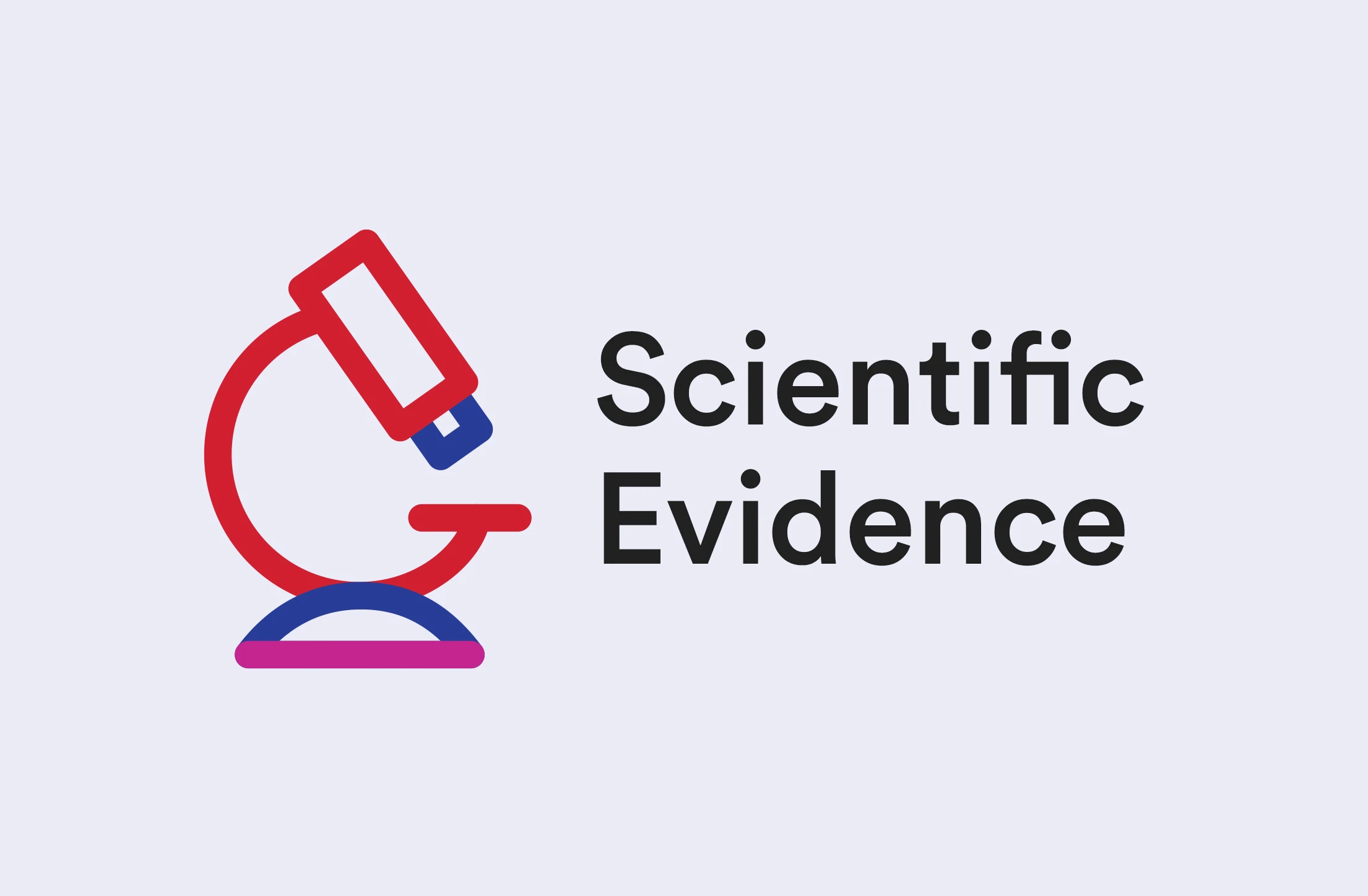Why Early Intervention is so important?
The presence of gingival inflammation was once considered a normal variation of health. We now know that gingivitis and periodontitis are a continuum of the same inflammatory disease.

Evidence for Prevention
Schätzle M. et al 2004 has clearly established that gingival inflammation was a risk factor for tooth loss and clinically healthy gingiva is a prognostic indicator of tooth longevity.
Sites with no bleeding on probing throughout the observation period yielded a cumulative tooth survival of 99.5% at a tooth age of 51 years.
It was demonstrated that sites that always bled on probing throughout 26-year observation period resulted in up to 70% more attachment loss than sites that never showed signs of inflammation.
Reviewing the Evidence
Interruption of biofilm maturation is critical in preventing gingivitis, the precursor to periodontitis.
Brushing
Universal recommendation to brush twice daily for 2 minutes with fluoridated toothpaste.
For periodontitis patients, 2 minutes is likely to be insufficient.
Interproximal Cleaning
Daily use strongly recommended.
IDB’s are the choice of device for interproximal plaque removal where gingival inflammation is present.
The use of floss may have a role to play at healthy sites
Chemotherapeutic Adjuncts
Offers clear and significant improvement in managing gingival inflammation and preventing plaque
Mouth-rinses offer greater anti-plaque efficacy (vs toothpaste alone)
Is current clinical intervention early enough?
Basic Periodontal Examination Chart

Dental professionals consider periodontitis as the highest priority dental condition for preventative advice. However, vast majority of dental professionals report that they will intervene at BPE2. Earlier and more effective intervention at BPE1 is required to avoid progression.

Can chemotherapeutics offer a solution?
When chemotherapeutics are used as an adjunctive therapy to conventional manual tooth brushing the use of chemical anti-plaque agents in mouthrinses offers clear and significant improvements in managing gingival inflammation and preventing plaque accumulation. For the treatment of gingivitis and where improvements in plaque control are required, mouth rinses may offer greater efficacy but require an additional action to the mechanical oral hygiene regime.
How chemotherapeutics work?
Chemotherapeutics are agents used to eliminate oral microorganisms in a variety of ways:
Bactericidal – cell death
Bacteriostatic – inhibits microbial reproduction/cellular metabolism
In mouthrinses, they produce an antimicrobial effect throughout the entire mouth, including
Hard tissue areas easily missed during toothbrushing and interdental cleaning
Saliva and soft tissues (Bacterial Reservoirs)
Significantly more plaque free sites that mechanical methods alone*


*People who brushed, flossed and used LISTERINE® had significantly more plaque free sites (PI = 0 or 1) vs those who used mechanical methods only (17 studies, six-surface per tooth).



